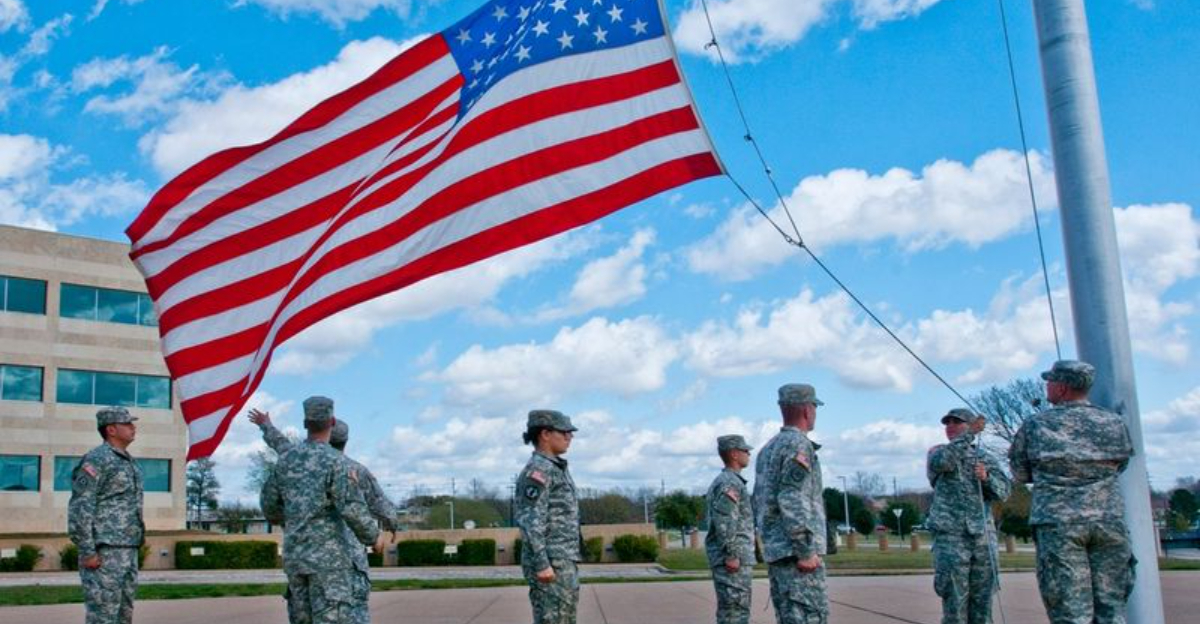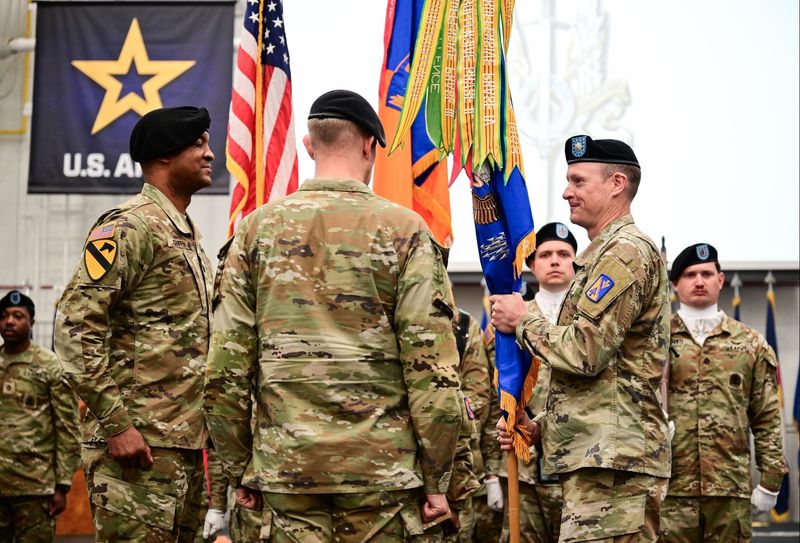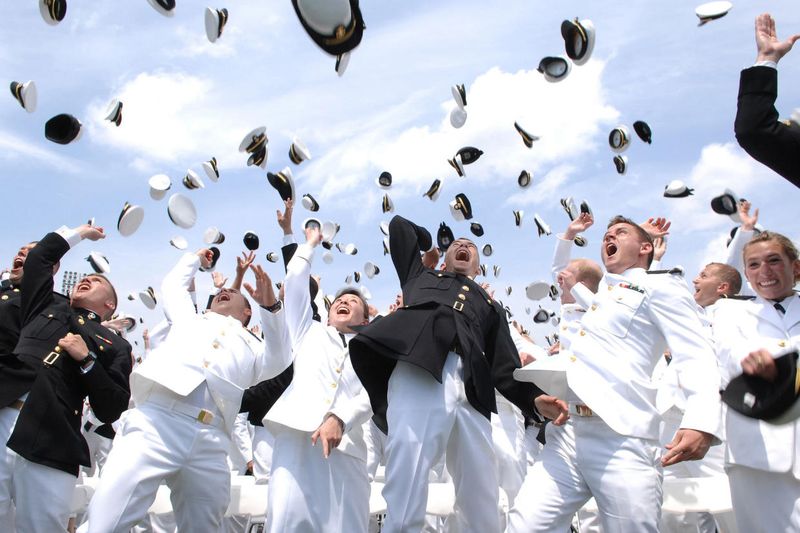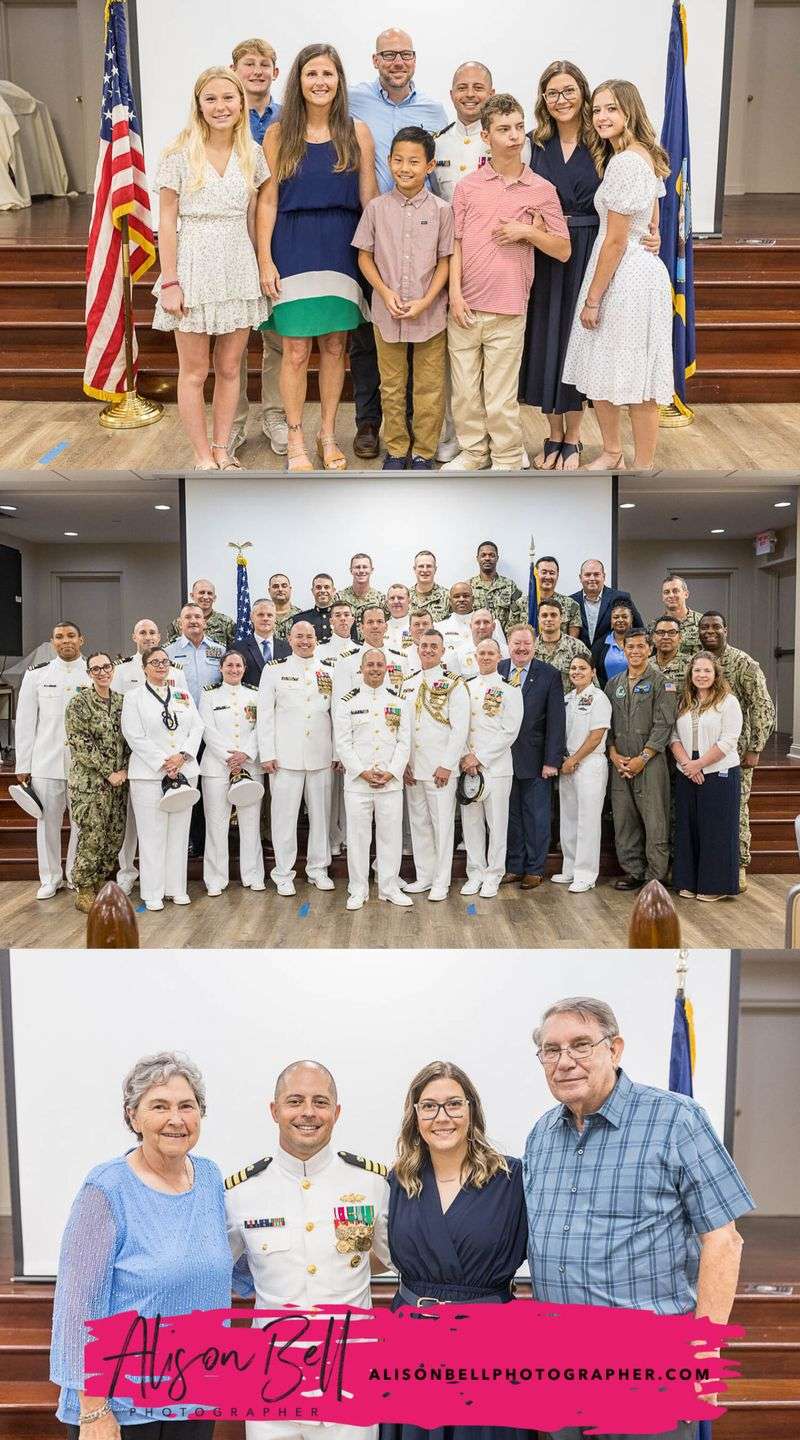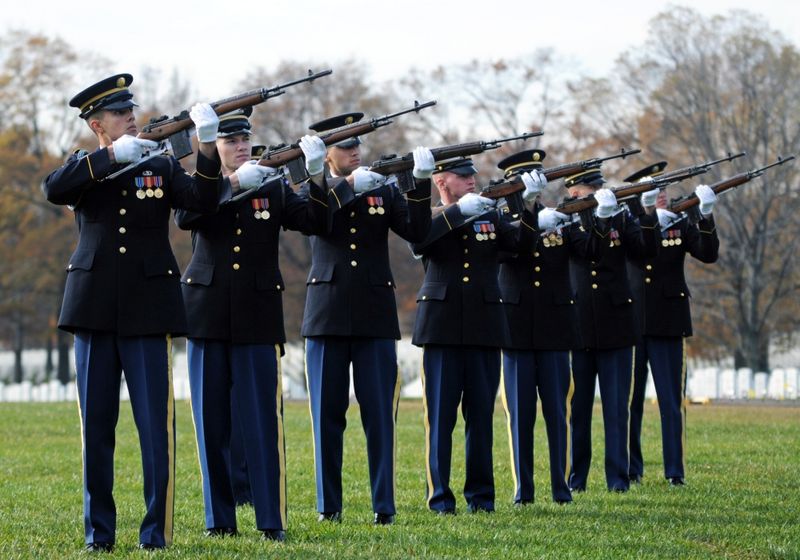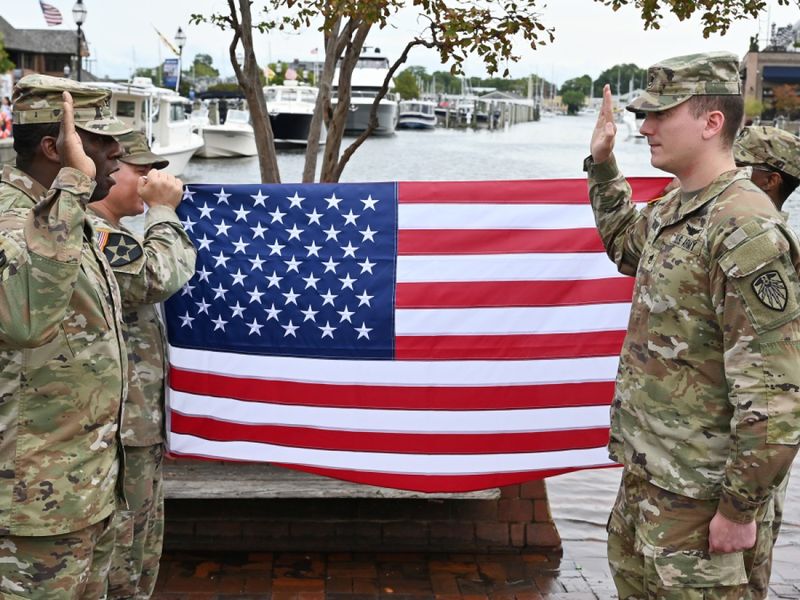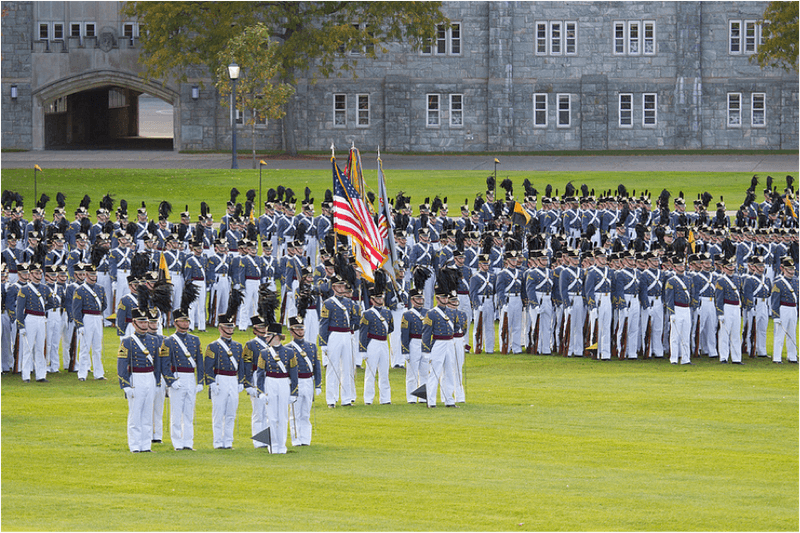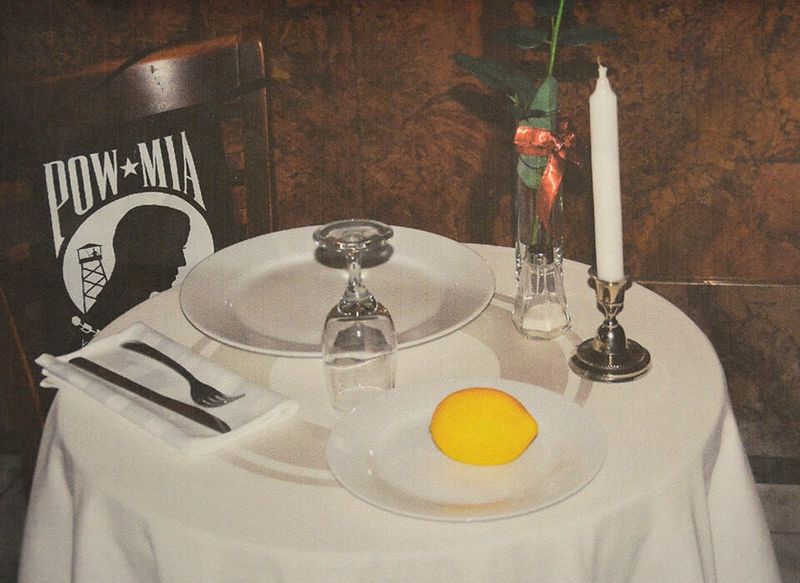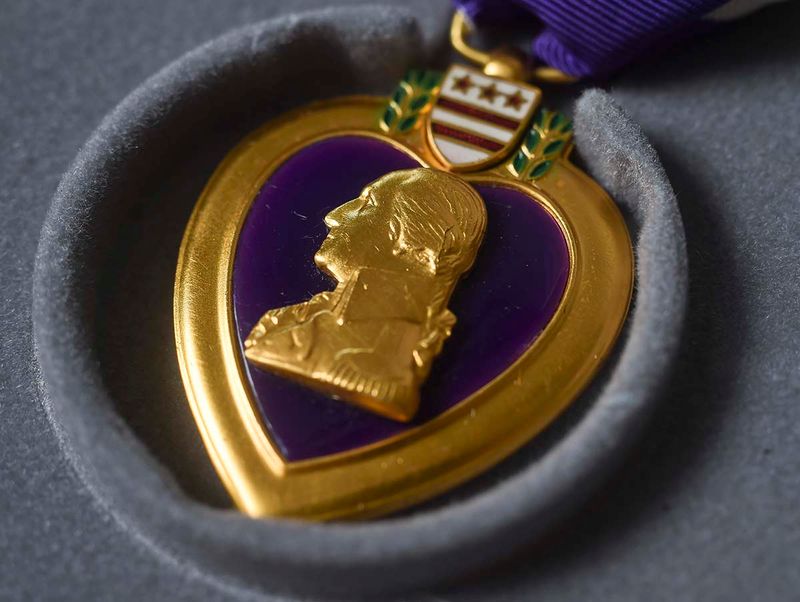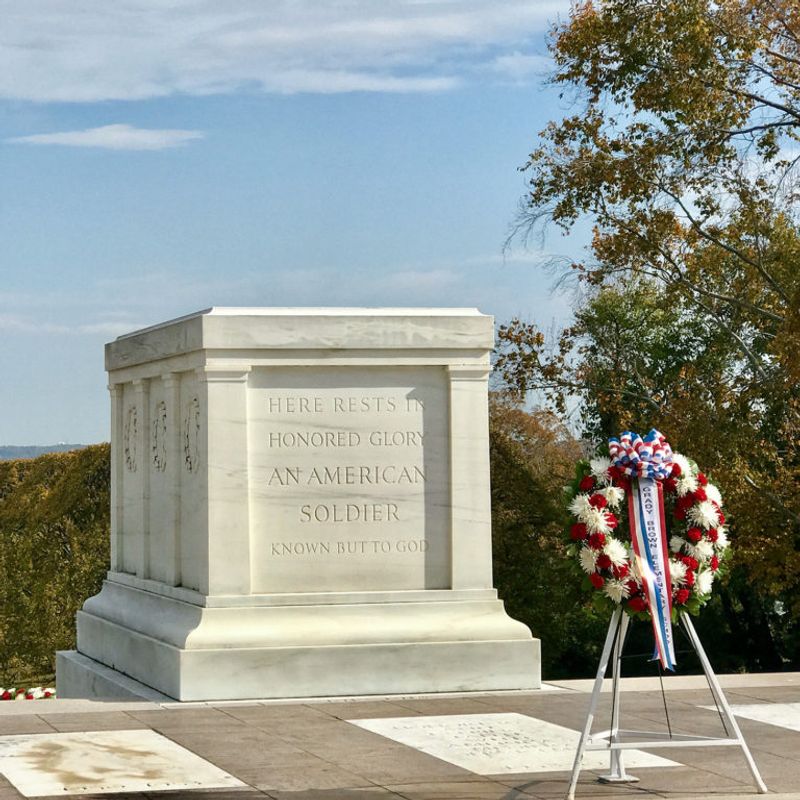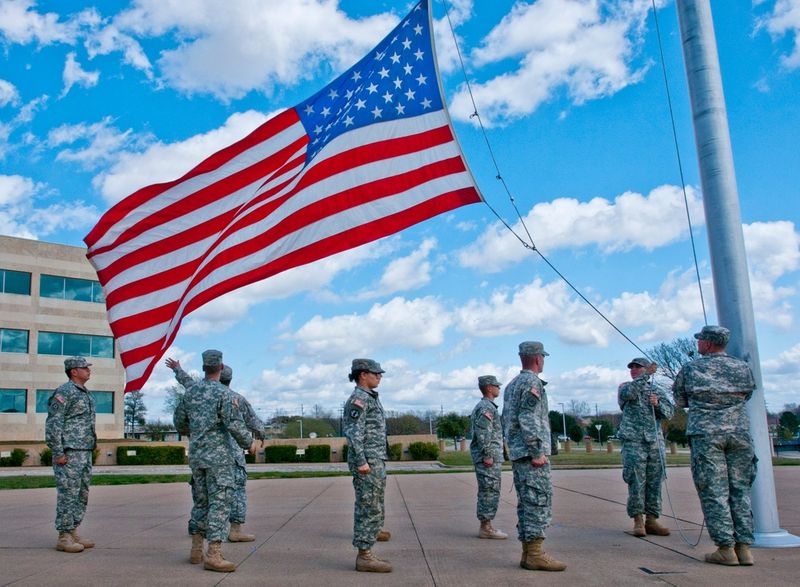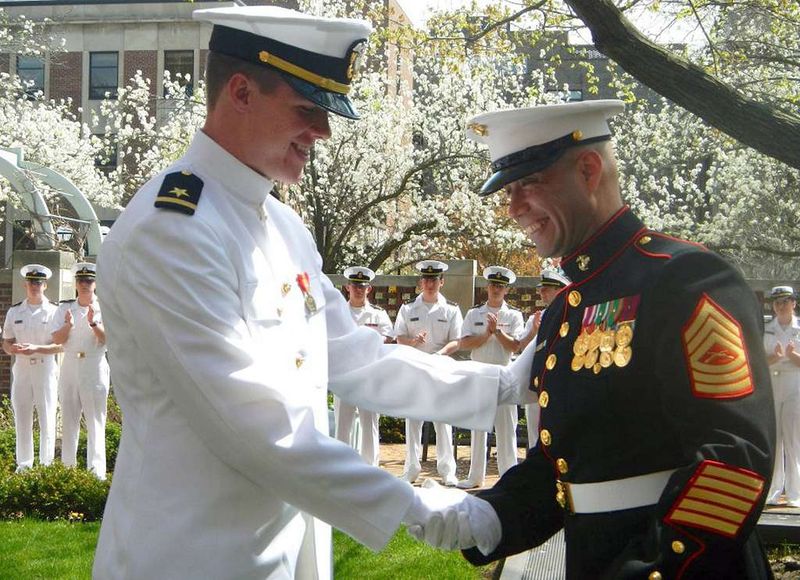The U.S. military honors its heritage through time-honored ceremonies that connect today’s service members with generations past.
These rituals aren’t just for show—they strengthen unit bonds, mark important transitions, and preserve the values that define military service.
Behind each carefully choreographed movement and symbolic gesture lies centuries of tradition that continues to inspire pride and reverence.
1. Change of Command Ceremony: The Sacred Passing of Colors
Dating back to medieval battlefields, this ceremony centers on the physical handover of a unit’s colors—flags that once helped soldiers identify their commanders amid the chaos of combat. The tradition symbolizes the unbroken chain of leadership that sustains military units through changing times.
When the outgoing commander passes the colors to their successor, they transfer not just authority but the responsibility for the unit’s people, equipment, and mission. This solemn exchange happens before the assembled unit, with precision drill movements and formal speeches.
George Washington himself participated in early American versions of this ceremony, establishing it as a cornerstone of U.S. military culture.
2. Promotion Ceremony: The Weight of New Rank
Family members often pin new rank insignia on service members’ uniforms, sometimes pushing the sharp pins slightly into the skin. This practice isn’t official but reminds the newly promoted of the weight their advancement carries.
The ceremony evolved from battlefield promotions where commanders would immediately recognize valor by tearing rank from their own uniforms to bestow upon deserving soldiers. Today’s more formal affairs maintain connections to those urgent battlefield moments.
Many units preserve unique traditions during promotions—Navy officers might receive their new shoulder boards in small wooden boxes to be treasured throughout their careers, while Army officers may keep their first salute silver dollars as lifelong mementos.
3. Military Graduation: The Forging of Warriors
The iconic hat toss at service academy graduations began in 1912 when Naval Academy graduates—no longer needing their midshipmen caps—jubilantly launched them skyward. Children once scrambled to collect these hats containing the graduating officers’ names and addresses, hoping to receive a dollar reward for returning them.
Boot camp graduations transform civilians into service members through rigorous challenges that echo ancient warrior initiation rites. The final march across the parade ground represents crossing the threshold from civilian to military life.
At West Point, graduates still touch a bronze statue of Colonel Sylvanus Thayer, the “Father of the Military Academy,” for good luck—a tradition spanning nearly two centuries.
4. Military Retirement: The Final Salute
A shadow box presented during retirement ceremonies contains the physical manifestation of a career—medals, badges, and a ceremonially folded flag. This tradition began with sailors who kept their most precious possessions in shadow boxes mounted on ship bulkheads to prevent items from falling during rough seas.
The playing of “Auld Lang Syne” during retirements dates to Revolutionary War times, when military bands would play the melody as units disbanded or soldiers departed service. Today’s ceremony still includes the retiree’s family walking behind them during their final review of troops—symbolizing that they now follow their loved one rather than military orders.
The reading of the official retirement orders marks the exact moment of transition to civilian life.
5. Military Funeral Honors: The Final Tribute
The three rifle volleys fired at military funerals originated from ancient battlefield customs when fighting paused to clear the dead. Three volleys signaled the field was clear and fighting could resume. This practice predates America itself.
The precise 13-fold flag ceremony transforms the American flag into a triangle with only stars visible—representing the nation’s founding colonies and the heavens. The spent shell casings from the rifle volleys are often collected and presented to family members inside the folded flag.
At Arlington National Cemetery, the Tomb of the Unknown Soldier guards perform their duty with such precision that their shoe soles have special metal plates to create the distinctive click during movements—a sound that has echoed unchanged since 1937.
6. Reenlistment Ceremony: Choosing Service Again
Service members have taken their reenlistment oaths underwater, in aircraft flying at supersonic speeds, and even in combat zones minutes after firefights. This freedom to choose meaningful locations reflects the voluntary nature of continued service—a stark contrast to historical forced military service.
The tradition of allowing reenlisting members to select any qualified officer to administer their oath dates to the Civil War. Some service members maintain personal traditions of having the same mentor administer each reenlistment throughout their career.
Many units maintain a “first reenlistment” tradition where newly recommitted members receive a symbolic gift—like a unit coin or historical artifact—to commemorate their decision to continue serving beyond their initial obligation.
7. Pass in Review: The Ancient Display of Readiness
Commanders in ancient Rome would inspect their legions by having troops march past in formation—a practice that evolved into today’s formal pass in review. The distinctive “eyes right” command, where all troops turn their heads toward the reviewing officer simultaneously, originated as a practical way for commanders to see each soldier’s face.
Military bands playing during these events continue a tradition from when drum cadences and musical signals were essential battlefield communication tools. The specific march steps and formations showcase unit discipline while honoring centuries of military heritage.
When units pass with uncased colors (unfurled flags), it symbolizes active status and combat readiness—a tradition dating back to when units would display battle-damaged flags as badges of honor.
8. POW/MIA Remembrance Ceremony: The Empty Chair
The haunting Missing Man Table ceremony features an empty chair that will never be filled—a powerful reminder of those who never returned from war. Each item on the table carries symbolic meaning: the white tablecloth represents the purity of the missing service members’ intentions, while the single red rose signifies their blood shed for freedom.
A slice of lemon on the bread plate represents the bitter fate of captivity, and salt symbolizes the tears of waiting families. The inverted glass acknowledges those who cannot toast with us.
This solemn tradition began after the Vietnam War but now honors all missing personnel from America’s conflicts—a ceremony that binds military generations together in their commitment to leave no one behind.
9. Military Awards Ceremony: Medals Born in Battle
The Purple Heart, America’s oldest military decoration, was originally created by George Washington as the “Badge of Military Merit” in 1782. Only three soldiers received it during the Revolutionary War before it disappeared for nearly 150 years, then was revived in 1932.
Medal of Honor recipients are entitled to a special salute from all military personnel regardless of rank—even presidents. This extraordinary privilege reflects the medal’s status as America’s highest military honor, awarded for valor beyond the call of duty.
During formal medal presentations, recipients stand at attention while their citation is read aloud—a tradition ensuring their acts of courage are publicly acknowledged and preserved in military memory for future generations.
10. Wreath-Laying Ceremony: Honoring Through the Ages
The practice of placing wreaths on graves extends back to ancient Greece, where laurel wreaths honored fallen warriors. Today’s military wreath-laying ceremonies preserve this ancient connection between the living and the dead through precisely executed rituals.
At the Tomb of the Unknown Soldier, the wreath bearer approaches with the sentinel’s permission, following an exact path. The ceremonial wreaths must be constructed to specific dimensions—too large or small would be considered disrespectful to the fallen they honor.
Many units maintain traditions of placing unit coins or insignia within wreath arrangements, symbolizing an unbroken bond with their fallen comrades. Some wreaths include evergreen branches representing eternal memory and poppies symbolizing sacrifice.
11. Oath of Enlistment: Words That Forge Warriors
The oath’s powerful phrase “support and defend the Constitution against all enemies, foreign and domestic” dates to 1789 and deliberately places loyalty to the Constitution above loyalty to any individual leader or office. This fundamental principle distinguishes American military service from forces that swear allegiance to monarchs or dictators.
Service members raise their right hand with palm facing outward during the oath—a tradition showing they carry no weapons and freely choose their commitment. The oath remains virtually unchanged since George Washington’s presidency, creating an unbroken verbal chain connecting today’s military with its Revolutionary roots.
Many families maintain multi-generational traditions of using the same Bible for successive generations’ oath ceremonies.
12. Flag Ceremonies: Daily Rhythms of Honor
The bugle calls of Reveille and Retreat mark military installations worldwide, continuing a tradition from when musical signals controlled troop movements on noisy battlefields. When Retreat sounds at day’s end, all outdoor activities pause as service members face the lowering flag and render appropriate honors.
The meticulous flag-folding procedure creates a triangle with thirteen precise folds—each assigned symbolic meaning. The final triangle displays only stars, representing America’s motto “In God We Trust.”
Many bases maintain special all-weather flags that fly continuously, illuminated at night. These “holiday colors” are often massive garrison flags that require entire details to raise and lower—a spectacle that has remained essentially unchanged since the War of 1812.
13. Commissioning Ceremony: Birth of an Officer
The tradition of the “first salute” and silver dollar dates to the British Royal Navy. New officers present a silver coin to the first enlisted member who salutes them—acknowledging that while the officer now holds authority, they must earn the respect their rank commands.
Family members often pin the new officer’s rank insignia, continuing a tradition from battlefield promotions when commanders would tear rank from their own uniforms to award deserving soldiers. Many officers keep these first insignia throughout their careers as powerful mementos.
The ceremonial presentation of the officer’s commission certificate recreates the moment when Continental Congress delegates personally handed parchment commissions to Revolutionary War officers—a direct link to the birth of America’s military leadership tradition.
